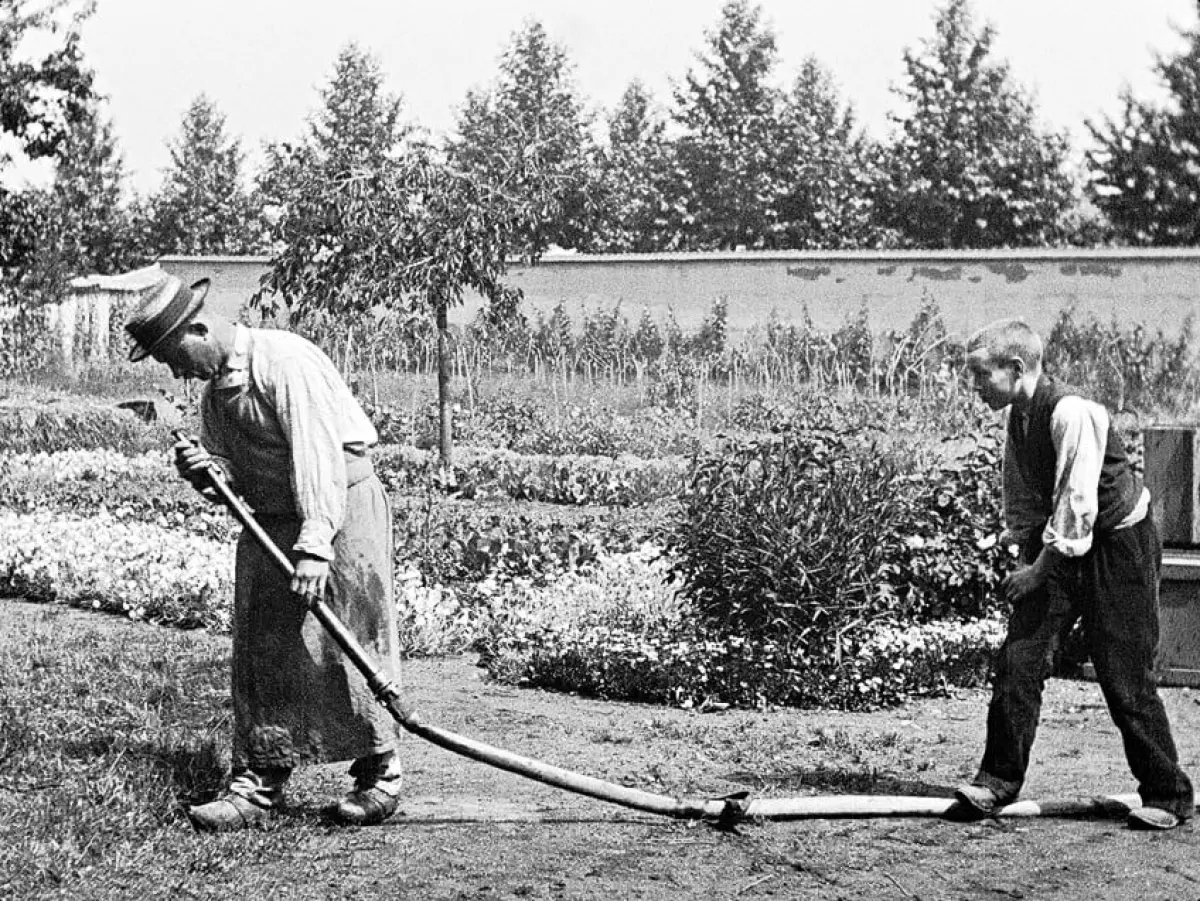Cricket is a sport deeply rooted in tradition, and one essential piece of equipment that embodies its rich history is the cricket bat. Used by batters to hit the ball, the cricket bat has undergone numerous transformations over the years, evolving into its modern form. Let's take a closer look at the construction, maintenance, sizes, and variations of cricket bats, as well as some interesting alternatives and notable giants.
Construction
The cricket bat consists of a cane handle attached to a flat-fronted willow-wood blade. The blade is typically made from a variety of white willow known as cricket bat willow. This specific type of willow is chosen for its toughness, shock resistance, and light weight. To protect the face of the bat, a thin film is often applied. The handle is connected to the blade using a splice, which ensures a gradual transfer of load from the blade to the handle. This design was invented in the 1880s by Charles Richardson, solving the problem of handles breaking at the join.
Maintenance
When first purchased, cricket bats require preparation before use. This process, known as knocking-in, involves striking the surface with an old cricket ball or a special mallet to compact the soft fibers within the bat. Raw linseed oil is then applied to fill the gaps between the fibers, providing protection against humidity changes and enhancing ball-to-bat surface friction. Re-oiling is necessary when the surface becomes worn.
Sizes of Bats
The Laws of Cricket specify the dimensions of cricket bats. The maximum length allowed is 38 inches, the width cannot exceed 4.25 inches, and the overall depth and edge have their own precise measurements. These specifications were introduced to regulate bat sizes, particularly after the Monster Bat Incident of 1771. Umpires are equipped with a bat gauge to ensure compliance with these rules.
Variations
Over the years, various companies have introduced innovative bat designs to enhance performance. Slazenger introduced shoulderless bats in the 1960s, redistributing weight to the "sweet spot" for more power. In the 1970s, double-sided bats gained popularity. In the 1980s, Stuart Surridge & Co developed the Turbo, which reduced flex and improved power transfer. Other innovations include bats with reinforced toes, carbon fiber supports, and offset edges.
Modern Alternatives to Willow
As the availability of English willow diminished, researchers explored alternatives for cricket bats. One notable alternative is bamboo. A study conducted by the University of Cambridge found that bamboo bats provide higher strength than traditional willow bats, allowing for thinner and lighter designs without compromising strength. Bamboo bats could make the sport more accessible in regions where willow trees don't grow.
Giant Bats
Several organizations have created giant cricket bats for novelty purposes. However, these bats do not meet the official size regulations. The largest recorded bat measures a whopping 15.627 meters in length, while others range from synthetic bats to bats made for promotional events. These giant bats serve as a testament to the enduring popularity and creativity surrounding the sport.
Cricket bats have come a long way since their early beginnings. From their traditional willow construction to innovative designs and alternative materials, bats continue to evolve, bringing new possibilities and enhancing the game. As cricket enthusiasts, we appreciate the craftsmanship, history, and innovation that shape the beloved cricket bat.
















